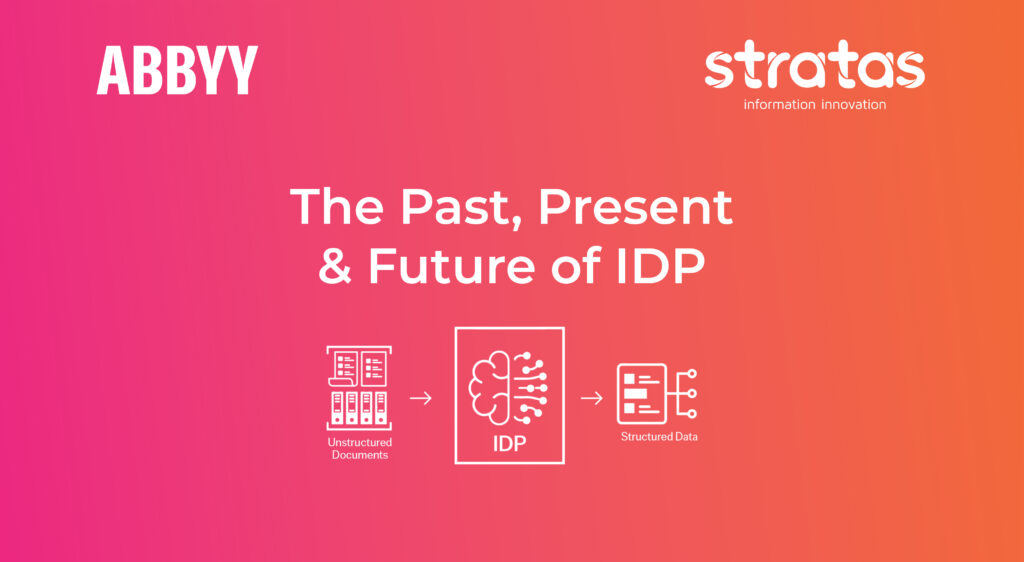WHAT IS FINANCE AUTOMATION?
We live in an ever-evolving society that has allowed businesses to automate different aspects of their operations which previously would have been performed manually. Through automation, companies have transformed their finance departments, which has resulted in them saving significant time and resources.
According to Gartner, automation could save finance teams up to 25,000 hours of work. This in turn could translate to a cost saving of up to £685,500.
Many benefits come as a result of implementing finance automation:
- Immediate decrease in manually intensive tasks;
- Handle invoices by exception, instead of handling them all;
- Reduced document storage requirements;
- Significant improvements in processing time and;
- Enhanced visibility of outstanding invoices and approvals.
What accounting tasks can be automated?
Purchase-to-Pay
P2P, also known as purchase-to-pay or procure-to-pay, is the process taken to fulfil a requirement for goods or services. P2P covers the entire process from order through to payment. The P2P process has seven different stages. These are; need identified, requisition management, Purchase Order issued, goods receipt, invoice received, invoice processing and Accounts Payable.
Accounts Payable
Accounts payable is a discrete part of the P2P lifecycle that focuses on paying for the goods. The process involves the matching of a Purchase Order to a Goods Receipt Note and cross-referencing these two documents with an invoice sent by a supplier. This process is commonly known as 3-way matching.
Would you like to find out more about how automation could benefit your finance department? Get in touch.



